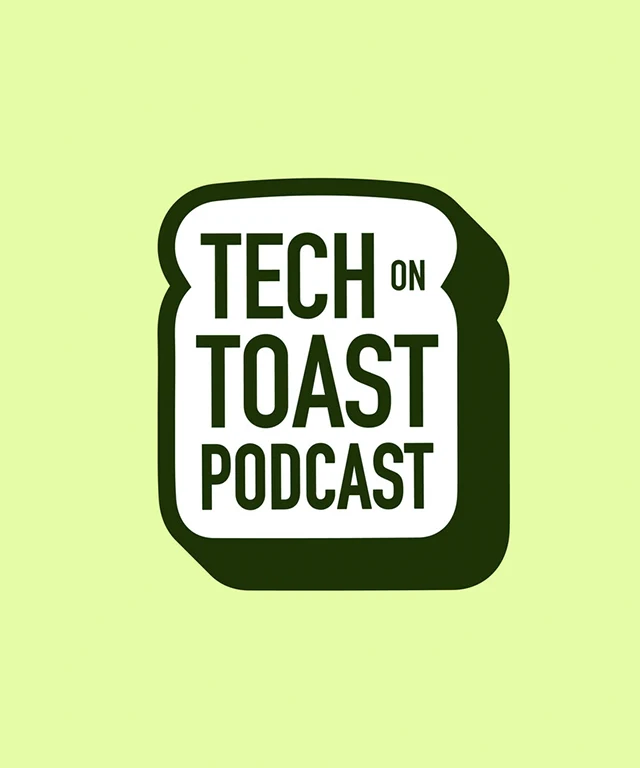CASUAL DINING CONCEPT
It’s clear casual dining is sailing choppy waters. Whether forced there by changes in consumer dining habits, disappointing operational delivery, unsustainable rent, rates & general operating expenses (squeezing businesses by 5% a year according to Deloitte), the boom in delivery, indistinguishable brand & marketing or simple market saturation, the sector will surely be unrecognisable by the middle of the next decade.
Casual dining is still a relatively new concept, and where some restaurant businesses will end up when the waves subside is anyone’s guess.
THE STATE OF PLAY
We know the government have a huge part to play in our survival, but aside from Brexit, business rates and the myriad of commercial challenges battering us from every side, it’s time to honestly assess the effectiveness and relevance of the way WE do business – specifically within Marketing.
Commonly seen as an expense rather than an investment, it’s usually the first pot to be plundered when savings need to be made. And because of the nature of marketing being strategic and commercial and creative and also hugely practical, with an extremely fluid definition of what it is and what it should encompass among the board, it’s frequently poorly understood and utilised.
It’s not surprising it’s the function most likely to be driven by stakeholder subjectivity, at odds with both insight and marketer’s instinct.
But, there’s not just marketer’s pride at stake. This confusion can have a significant impact on a business and its chances of success.
WHEN MARKETERS AREN’T INVOLVED
When food development is taking place in isolation without a thorough brief from marketers, (usually closest to their customers), it’s frustrating for the marketing team trying to shoehorn it into a plan, and for development chefs who don’t get the opportunity to see the guest reaction to and commercial impact of a well-constructed launch campaign for their work.
When operators hear of repeated U-turns, add-ons and changes to the strategy proudly presented to regional meetings only weeks or months before, it irreparably damages their trust in marketing, and leads to lower engagement. When marketing and operations are not functioning symbiotically, the very core of a brand is at risk.
And systems teams, who often hold the key to (and budget for) future proofing businesses, feel uninspired to introduce new platforms without the clarity of brief possible when everyone is singing from the same song-sheet.
This lack of connected thought in some boardrooms creates precarious foundations on which to maintain position (let alone drive growth) and creates huge volumes of work for teams, across the business, already at capacity. Judging by some performances, it doesn’t seem to be working either.
FRUSTRATED MARKETERS
Talking to marketers across all sectors, there is clear frustration, but hospitality seems ripest for change. We as an industry can and must do better.
The businesses who are winning, (such as Pret, McDonalds and Wagamama) protect their brands like lionesses guarding their cubs, are unflinching in the execution of their propositions and underpin empathetic innovation & marketing activity with hard data.
So as the waves continue to pummel our industry, we need to ask ourselves what shape our ships are in.
Are we getting the most out of local marketing by identifying the most effective messaging, and the most valuable postcodes to target, or relentlessly hammering away at a hard to measure approach which makes both operations and marketing teams feel over-stretched and uncomfortable?
Are we using data and insight to help create and deliver a truly distinct and memorable guest experience?
Are we managing to reach the millions of passive social users who share the profile of our target customer, as well as creating compelling content for the much smaller pool of very active users?
Are we driving our industry forward through technology, and speaking the language of our target markets?
And are we routinely using data to surface opportunity or validate major decisions, whether strategic or tactical, with no menu going to design, no last-minute change in strategy being signed-off and no site being opened or closed without rigorous (but speedy) data analysis being sought and listened to?
In waters moving as fast as ours, it’s not always easy to keep everyone’s oars aligned. But by making more objective decisions based on fact as well as feeling, executed with imagination, we can help to bring stability and certainty when navigating the unchartered territory of the marketplace we operate in.





